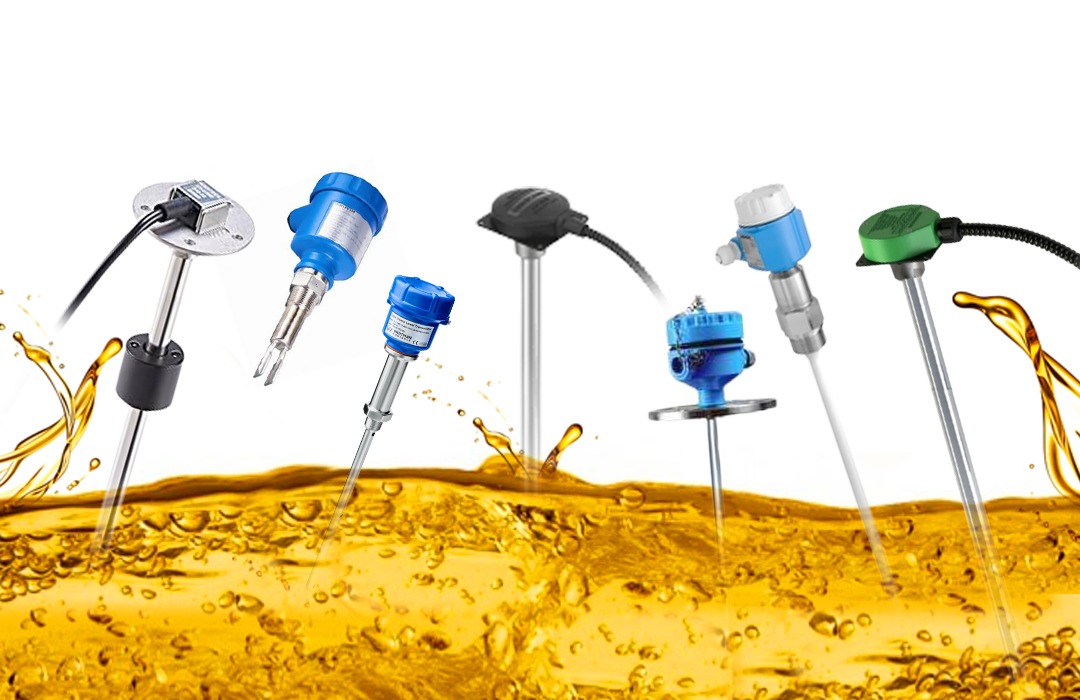
Tracking SolutionWritten By: Suman Kumar Paul
Fuel level sensors are designed to monitor fuel levels in multiple types of vehicles, including locomotives, ships, and vessels. It can also be used to track the fuel level of stationary heavy equipment like generators and fuel station tanks. Rising fuel costs increasingly pushing fleet owners and asset managers to implement fuel monitoring technologies to effectively curb fuel-related expenditures.
Fuel level sensors, in combination with IoT (Internet of Things) tracking and monitoring technologies, aid in the gathering of data including:
Fuel Level Sensors and Their Different Types
To monitor the real-time fuel level in tanks, different industries employ several types of fuel level sensors in the tank to monitor the volumes using the technology as per business requirements.
In this post, we will go over the diverse types of industrial fuel level sensors that are employed, their functioning mechanism, sensor reliability, and sensor application in detail.
Capacitive level sensors are utilized for both point and continuous fuel level sensing. The capacitive fuel level sensor is the same as the capacitive liquid level sensor, which is used to detect oil levels. As the electrode's height is regulated the fuel level between both electrodes' changes, causing a dielectric shift, which causes a change in capacitance. Changes in oil level are converted into changes in capacitance value.
Benefits of Capacitive Fuel Level Sensor
Drawbacks of Capacitive Fuel Level Sensor
These types of fuel sensors are mounted as standard in the fuel tank. The sensors are linked to a float, which travels up and down in response to the fuel level. As the float travels up and down, the sensor's resistance shifts, leading to a change in output resistance and needle position in the gauge, and the resistance output and needle position alter with the current flowing across the coil.
Benefits of Float Fuel Level Sensor
Drawbacks of Float Fuel Level Sensor
The ultrasonic level sensor monitors the fuel level using the ultrasonic wave concept. These are employed for non-contact continuous-level readings. A sensor (transducer) generates an ultrasonic signal, which is reflected from the liquid surface and then absorbed by the same sensor or ultrasonic receiver. The distance between the sensor and the liquid top surface is used to calculate the fuel/liquid level. The time between the transmission and reception of the ultrasonic wave is used to compute the volume of fuel in the tank.
Benefits of Ultrasonic Fuel Level Sensor
Drawbacks of Float Fuel Level Sensor
Why Fuel level sensors are important for your fleet business?
A fuel monitoring and sensing solution can generate a strong ROI within months after installation. Fuel management software facilitates delivering comprehensive and precise data on fueling and draining activities. It lowers dependence on manual resources for fuel management, lowering overall fuel-related operational expenses.
The key advantages of employing fuel level sensors include:
Looking For a Robust Fuel Management Solution to Minimize Your Fuel Expenses?
We at VTPL offer an integrated fuel management solution for a wide range of business operations. Contact our specialists for assistance in determining the best fuel level sensor for your needs. For more details visit www.vareli.co.in or drop your queries at info@vareli.co.in.
TAGS - fuel management system fuel tracking solution
See Also - What is Fuel Level Sensor and how to choose one for your Fleet ?